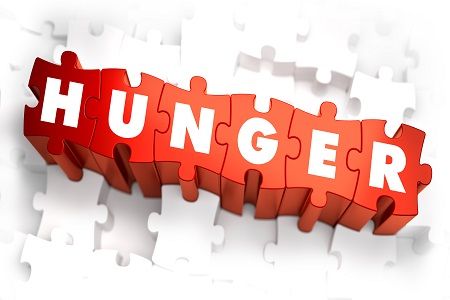- Revenue Cycle Management
- COVID-19
- Reimbursement
- Diabetes Awareness Month
- Risk Management
- Patient Retention
- Staffing
- Medical Economics® 100th Anniversary
- Coding and documentation
- Business of Endocrinology
- Telehealth
- Physicians Financial News
- Cybersecurity
- Cardiovascular Clinical Consult
- Locum Tenens, brought to you by LocumLife®
- Weight Management
- Business of Women's Health
- Practice Efficiency
- Finance and Wealth
- EHRs
- Remote Patient Monitoring
- Sponsored Webinars
- Medical Technology
- Billing and collections
- Acute Pain Management
- Exclusive Content
- Value-based Care
- Business of Pediatrics
- Concierge Medicine 2.0 by Castle Connolly Private Health Partners
- Practice Growth
- Concierge Medicine
- Business of Cardiology
- Implementing the Topcon Ocular Telehealth Platform
- Malpractice
- Influenza
- Sexual Health
- Chronic Conditions
- Technology
- Legal and Policy
- Money
- Opinion
- Vaccines
- Practice Management
- Patient Relations
- Careers
Which Gender Is More Likely to Give to Charity?
When we give to charities, money flows out from our pocket into theirs. This means more for the charities and less for us. The factors that influence this transfer of funds is important to understand as it affects our bottom line if we give.

When we give to charities, money flows out from our pocket into theirs. This means more for the charities and less for us. The factors that influence this transfer of funds is important to understand as it affects our bottom line if we give.
This is especially true during the holiday season — when charities ask again and again for money. Clearly, though it is the season to be jolly, it also is the season to help the needy. But, not everyone thinks so. Per a national survey, men are much less likely to give to such organizations than women. “Why?” is the $64,000 question.
Researcher Robb Willer and his colleagues tackled this puzzle. In a nutshell, they found that how poverty was framed made all the difference in whether a man would contribute or not. Willer, from Stanford University in Stanford, California worked with Lindsay A. Owens from the same institution and Christophe Wimer from Columbia University in New York, NY.
Their paper is entitled, “What drives the gender gap in charitable giving? Lower empathy leads men to give less to poverty relief.”
The title gives away the punch line — that men have less empathy than women, and it is this characteristic that leads them to contribute less to charitable organizations that help the poor. De facto, of course, this means that women are more empathetic than men. The implication is that this is why they give more to poverty driven charitable organizations.
But how do organizations get men to give more and lessen the poverty generosity gender gap? This is what the team found. When they framed poverty as a social problem that negatively impacted all Americans, they found men responded, apparently because they saw that lessening poverty was consistent with their own self-interest.
As an example, participants were given a description of a poverty relief organization and then asked to donate to it. One such organization was the “Coalition to Reduce Poverty” (CRP):
“When you give to CRP, your donation addresses a problem that hurts us all. Research shows that poverty weighs down our interconnected economy, leading to greater government spending and exacerbating many social problems like crime. You can benefit everyone and make the economy strong and productive for all through donations.”
An ironic part of this study is that though men’s willingness to give increased with the framing tactic above, women reported less inclination. In other words, framing giving as self-interest may discourage those who give out of empathy. This puts charitable organizations in a bind — to appeal to one sex or the other.
Granted, this is just an overview of the 16-page paper published in Social Science Research. There are various factors the researchers touched on as well as additional analyses.
